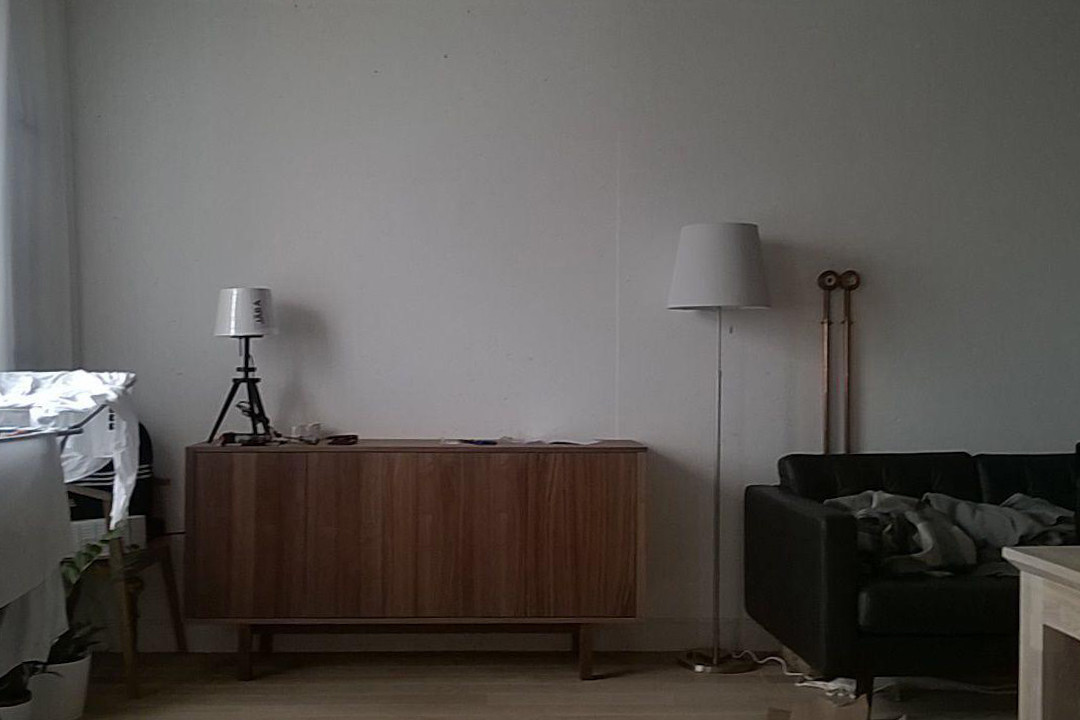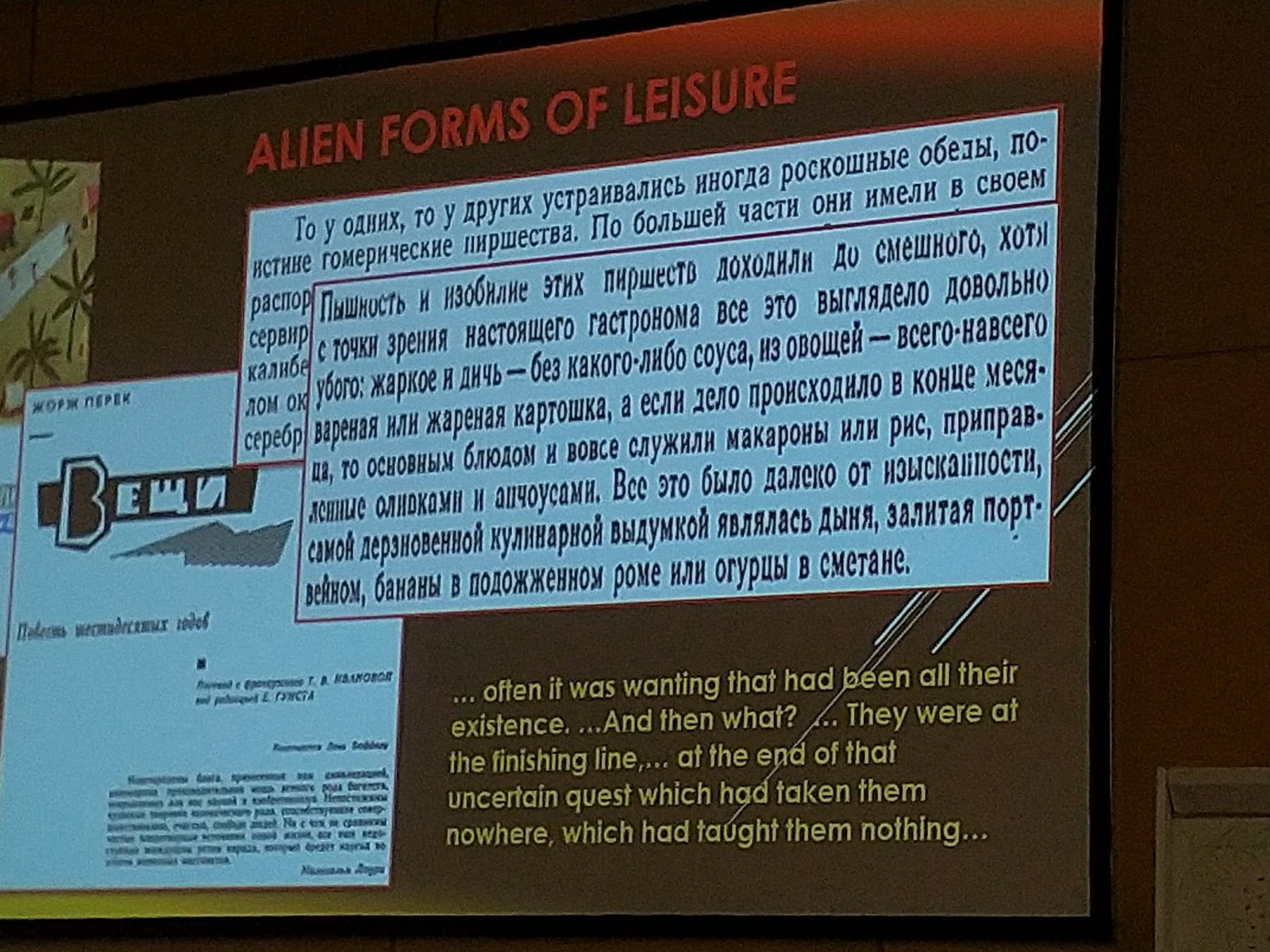«Fighting a New Cult: Thing-Theory of Late Socialism» by Serguei Oushakine!
The second day of the international symposium Cold War matters: The (In) Visible Economies of Things, organized by the Laboratory of Environmental and Technological History, ended with a lecture by Russian-American cultural historian and anthropologist Sergei Alexandrovich Ushakin. Currently, he is an employee of the Department of Slavic Languages ŌĆŗŌĆŗand Literature at Princeton University. His professional interests include family and gender identity, the consequences of cultural trauma and the collective memory of the Soviet past.


At the symposium, the scientist gave a lecture ŌĆ£Fighting a New Cult: Thing-Theory of Late SocialismŌĆØ, which was devoted to the study of material culture during the Thaw. Based on the construction of the life of Soviet people, the author considers the attempts of the late Soviet period to comprehend the role and significance of things under socialism. His research S.A. Ushakin bases on an analysis of Soviet magazines on the design and design of rooms and apartments. The project is based on the idea of ŌĆŗŌĆŗconstructing a ŌĆ£right SovietŌĆØ way of life as an answer to ŌĆ£philistinismŌĆØ by constructing the right furniture on the part of the Soviet government. The historian categorizes the ŌĆ£correctŌĆØ structure of Soviet life in two ways: on the basis of a ŌĆ£socialist way of lifeŌĆØ or ŌĆ£aesthetic materialismŌĆØ, between which there is ideological tension. In the dispute between Soviet designers and manufacturers of art, the appearance of an early version of ontology and object-oriented aesthetics is traced. Ushakin also identifies several modes of attitude to things, which are determined by their meaning and method of implementation in everyday life. Thus, the historian conceptualizes the features of the regimes according to the meanings that carry things in themselves, according to the goals that they allow to achieve and how to realize their practical benefits in everyday interaction. The lecture was accompanied by a large amount of visual material, in which Soviet interiors familiar to the eye were recognized in the process of their development and development.

In the end, Sergey Aleksandrovich concludes that the visual representation of people about the ŌĆ£rightŌĆØ is being formed, the life of a Soviet person was equipped.At the end of the lecture, a heated debate arose over whether it was possible to talk about the birth of the Soviet middle class based on the material presented by the speakers. Alexander Semenov argued in favor of the emergence of the middle class in the USSR, while Sergey Ushakin proposed to consider this from the point of view of the emergence of a consumer society and the mass-market. The scientist was also asked about the future of this project, whether consumer reactions to the new Soviet ŌĆ£propertyŌĆØ policy will be studied based on feedback and practices on the one hand, and on the other, whether a complex consensus will be revealed between the development bureaus and the industries that were supposed to fill the market new products "quality and cheap." It was also proposed to pay attention to what kind of furniture to a greater extent fell into the focus of the Soviet "property" policy and why.
Authors - Ksenia Chernova, Daria Babukhina.
